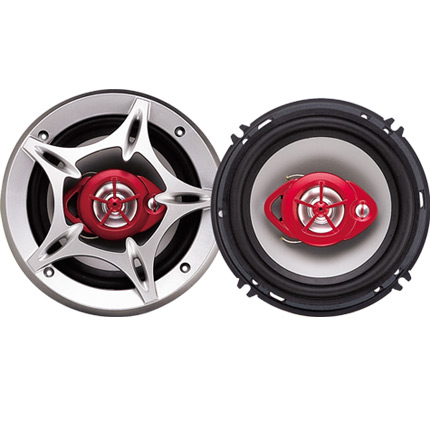gear cable for car
Understanding Gear Cables for Cars A Comprehensive Guide
The gear cable is a critical component of a vehicle’s transmission system, playing an essential role in transmitting the driver’s intentions from the gear lever to the gearbox. This cable is especially vital in manual transmission vehicles, where precise gear shifts are essential for optimal performance. In this article, we will delve into what gear cables are, their functionality, common issues, and maintenance tips.
What is a Gear Cable?
A gear cable is a flexible metal wire encased in a protective outer sleeve. It connects the gear lever, located in the car's cabin, to the transmission system under the hood. When a driver shifts the gear lever, the movement is transmitted through the cable to the transmission, allowing the car to change gears smoothly. There are typically two cables in vehicles with manual transmissions one for shifting up (higher gears) and another for shifting down (lower gears).
How Gear Cables Work
When you move the gear stick, the gear cable pulls or pushes on the transmission’s shift lever. This mechanical action enables the gearbox to engage the appropriate gears. The design of the gear cable allows for a smooth and precise movement, facilitating accurate gear changes. In modern vehicles, some gear cables may incorporate advanced materials or technology, such as a low-friction liner, to enhance performance and durability.
Common Problems with Gear Cables
Like any vehicle component, gear cables can encounter issues over time. Some common problems include
1. Cable Fraying Over time, the protective casing may wear out, leading to fraying of the internal cable. This can cause difficulty in shifting gears and may need immediate replacement.
gear cable for car

3. Detached or Loose Connections Connection points can sometimes loosen or detach, resulting in erratic gear shifts.
4. Corrosion In areas exposed to moisture, corrosion can weaken the cable components, impacting performance.
Maintenance and Replacement
To ensure the longevity of your gear cables, regular maintenance is essential. Here are some tips
- Regular Inspections Periodically check the gear cables for signs of wear, fraying, or kinking. Early detection can prevent more significant issues later on.
- Lubrication Keeping the cables well-lubricated prevents rust and ensures smooth operation. Use the appropriate type of lubricant recommended by your vehicle's manufacturer.
- Prompt Repairs If you notice any signs of malfunction or poor performance, do not ignore them. Promptly addressing issues can save you from more expensive repairs in the future.
- Professional Inspection If you’re uncertain about the condition of your gear cables, it’s advisable to consult a professional mechanic. They can provide a thorough inspection and recommend if a repair or replacement is necessary.
Conclusion
Understanding the gear cable's function and maintenance is vital for any car owner. Proper care can ensure efficient gear operation, providing a better driving experience. By being proactive about inspections and maintenance, you can avoid inconvenient breakdowns and keep your vehicle running smoothly for years to come. Always refer to your vehicle’s manual for specific guidance related to your model and seek professional help if needed.
-
Workings of Clutch Pipe and Hose SystemsNewsJun.04,2025
-
The Inner Workings of Hand Brake Cable SystemsNewsJun.04,2025
-
The Secrets of Throttle and Accelerator CablesNewsJun.04,2025
-
The Hidden Lifeline of Your Transmission Gear Shift CablesNewsJun.04,2025
-
Demystifying Gear Cables and Shift LinkagesNewsJun.04,2025
-
Decoding Clutch Line Systems A Comprehensive GuideNewsJun.04,2025
